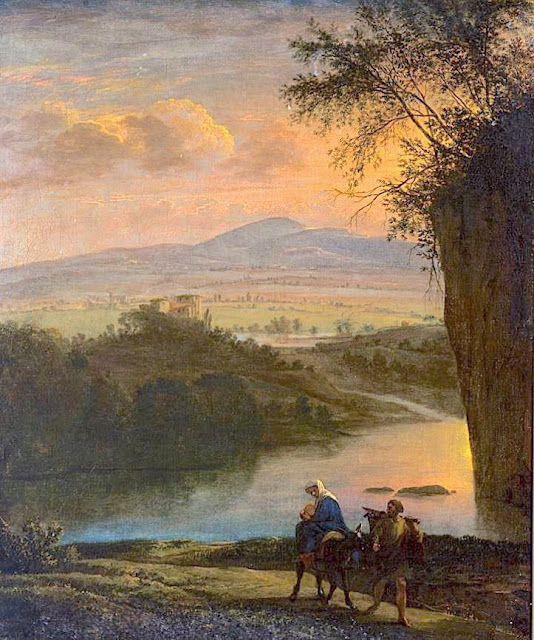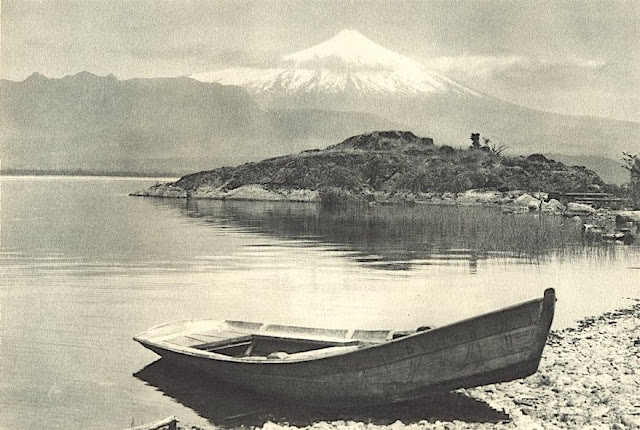ALBRECHT DÜRER (1471-1528)
Cemba Valley (200 m - 656 ft)
Italy
In Landscape near Segonzano in the Cembra Valley (1495), Watercolour on paper, 21 x 31.2 cm.
The Ashmolean Museum, Oxford
About this watercolor
Dürer called this landscape watercolor, which was created during his second Italian journey, "wehlsch pirg" (Italian hills). Its topographical location was long disputed. The most convincing suggestion is that this is a depiction of the Cembra Valley near Segonzano. The free manner in which the scene is captured, with the relaxed light brushstrokes in the foreground while the background is recorded with a naturalistic delicacy, makes it understandable why Dürer's watercolor technique at this time has been compared with that of Paul Cézanne. Watercolours by Dürer mark him as one of the first European landscape
artists, while his woodcuts revolutionized the potential of that medium.
The valley
Trentino Alto Adige is the northernmost Italian region and is overwhelmingly mountainous, marked by the steep and picturesque shapes of the Dolomites, with the exception of the Adige Valley and the Dei Laghi Valley, both located below 200 m altitude and therefore considered as a plain. These valleys include large flat areas such as Piana Rotaliana and Piana dell'Alto Garda. While in the southern part of the region, on the shores of Lake Garda, the altitude drops to 65m, the highest mountain ranges peak at over 3,900m. The topographic prominence thus reaches almost 4,000 m. The region is bordered to the east and southeast by Veneto, to the west and southwest by Lombardy, to the north and northeast by the Austrian Land of Tyrol and Salzburg, and to the north -west with the Swiss canton of Graubünden 2. Predoi is the northernmost municipality in the region and in Italy; the municipality is the only one in Italy to be located further north than the 47th parallel.
The region lies between the central and eastern Alps, while to the south the border is delimited by Lake Garda and the Vicentine Pre-Alps.
The artist
Within three months of his marriage, Dürer left for Italy, alone, perhaps stimulated by an outbreak of plague in Nuremberg. He made watercolour sketches as he traveled over the Alps. Some have survived and others may be deduced from accurate landscapes of real places in his later work, for example his engraving Nemesis. In Italy, he went to Venice to study its more advanced artistic world. Through Wolgemut's tutelage, Dürer had learned how to make prints in drypoint and design woodcuts in the German style, based on the works of Schongauer and the Housebook Master. He also would have had access to some Italian works in Germany, but the two visits he made to Italy had an enormous influence on him. He wrote that Giovanni Bellini was the oldest and still the best of the artists in Venice. His drawings and engravings show the influence of others, notably Antonio Pollaiuolo, with his interest in the proportions of the body; Lorenzo di Credi; and Andrea Mantegna, whose work he produced copies of while training. Dürer probably also visited Padua and Mantua on this trip. Albrecht Dürer was a German painter, printmaker, and theorist of the German Renaissance. Born in Nuremberg, Dürer established his reputation and influence across Europe in his twenties due to his high-quality woodcut prints. He was in contact with the major Italian artists of his time, including Raphael, Giovanni Bellini and Leonardo da Vinci, and from 1512 was patronized by Emperor Maximilian I. Dürer's vast body of work includes engravings, his preferred technique in his later prints, altarpieces, portraits and self-portraits, watercolours and books. The woodcuts series are more Gothic than the rest of his work. His well-known engravings include the three Meisterstiche (master prints) Knight, Death and the Devil (1513), Saint Jerome in his Study (1514) and Melencolia (1514). Dürer's introduction of classical motifs into Northern art, through his knowledge of Italian artists and German humanists, has secured his reputation as one of the most important figures of the Northern Renaissance. This is reinforced by his theoretical treatises, which involve principles of mathematics, perspective, and ideal proportions.
_______________________________
2021 - Wandering Vertexes...
by Francis Rousseau



















